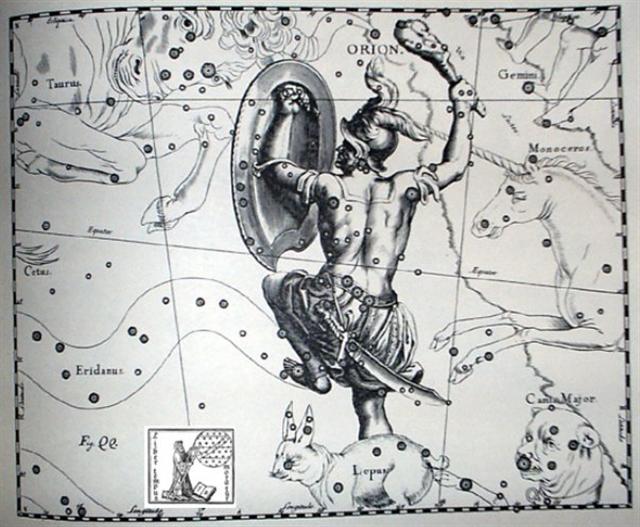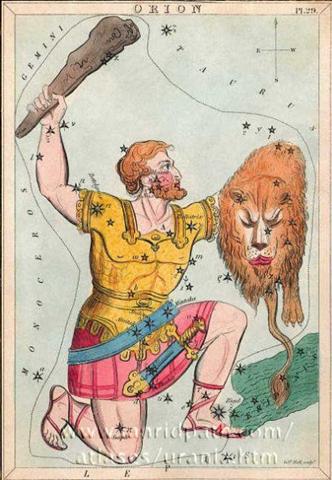Day 413 should be a place of birth (hanau, Y). There is a kind of ure (X) in the preceding Gb2-13 and the 'baby' (Z) could be 350 - 80 = 270, which happens to be the day number for September 27. The strange figure in Gb2-14 has feet in both directions, but her leg in front appears to be shorter and more powerful than her left leg. However, the whole 'person' is assymmetric and her front side is compressed. Maybe this was a sign of a 'wall' between Gb2-14 and Gb2-15. The Moon 'year' did not count beyond 14 synodic lunar months (14 * 29½ = 413):
Her baby (Z) at the other side of the 'wall' is like all newly born intent on eating. The open mouth means kai and in Ka1-11 vaha kai could be a way to describe both the wall and the eager mouth - the fishing season was beginning:
The parallel glyphs in K seem to follow the structure in G but the signs are different. For some reason the creator of the G text avoided documenting the quite natural idea of eating fish when Tau-ono became visible, when the fishing season was beginning. Possibly he saw the shield of Orion on the front side of his tablet as the negation of eating:
The set of stars describing the border on Orion's shield are denoted with several letters π and ο, and in a way they also constituted the fur of 'the dead old lion' - those who are dead do not eat.
But small pieces of the old one could perhaps be used for fishing bait:
... Thabit is Burrit's name for an unlettered star on his Atlas, the υ of Heis. It lies on the lower edge of the tunic, but I cannot learn the derivation or history of the title, although the Arabic Al Thābit signifies the 'Endurer' ... In my star list Tabit is π³ Orionis.
|
||||||||||||||||||||||||||||||||||||||||||||||||||||||||||||||||||||||||||||||||||||||||||||||||||||||||||||||||||||||||||||||||||||||||||||||||||||||||||||||||||||||||||||||||||||||||||||||||||||||||||||||||||||||||||||||||||||





















